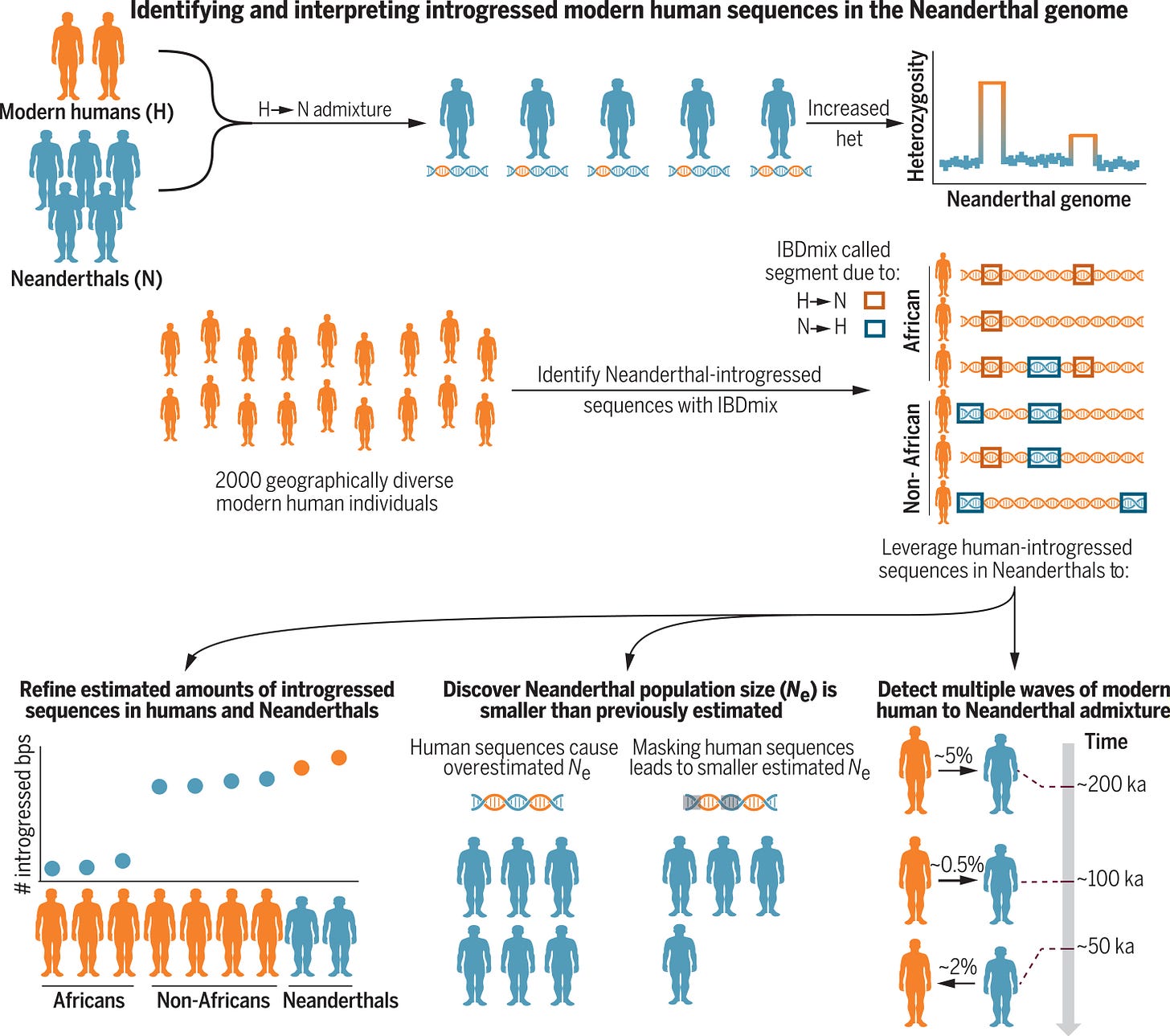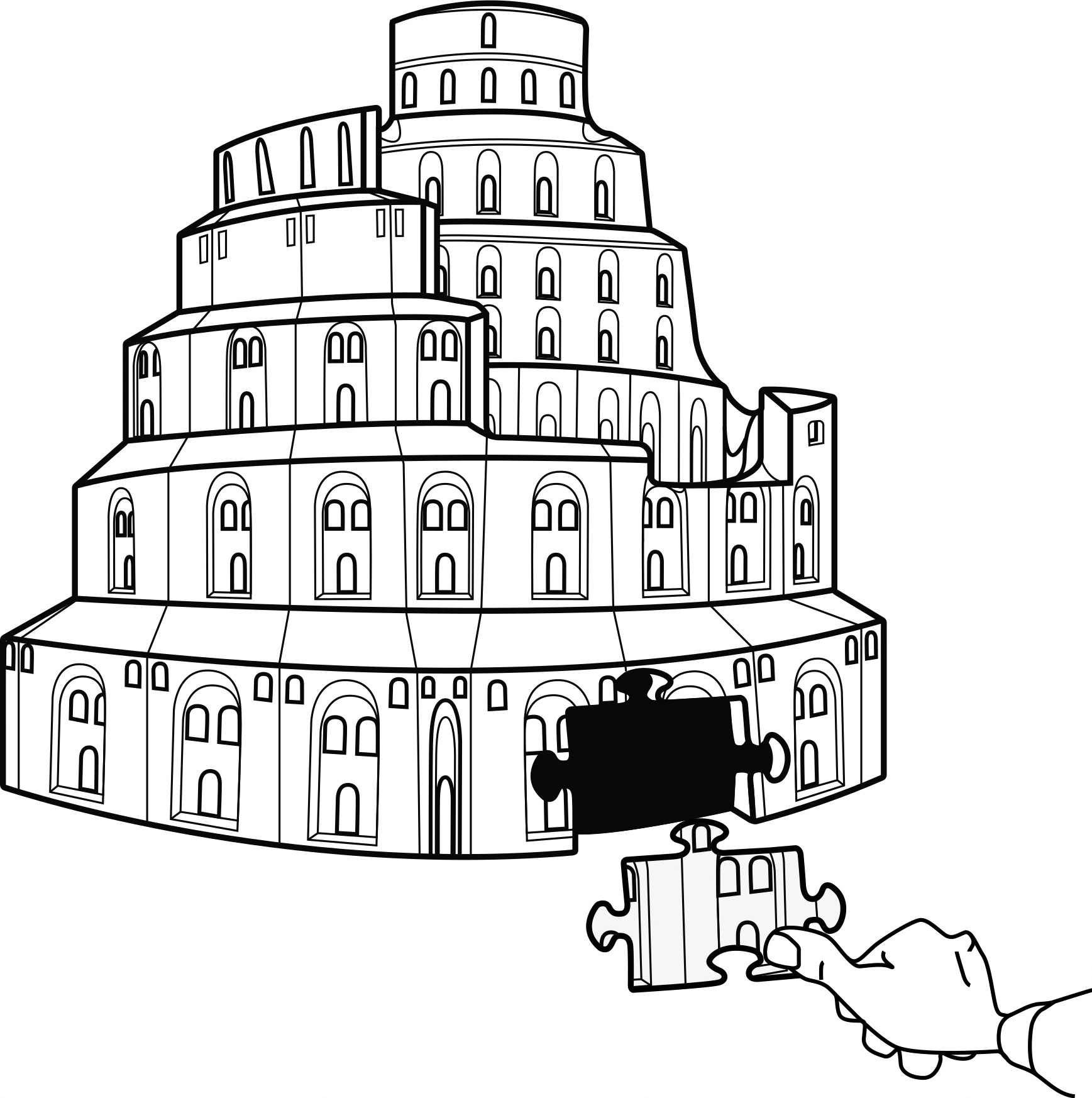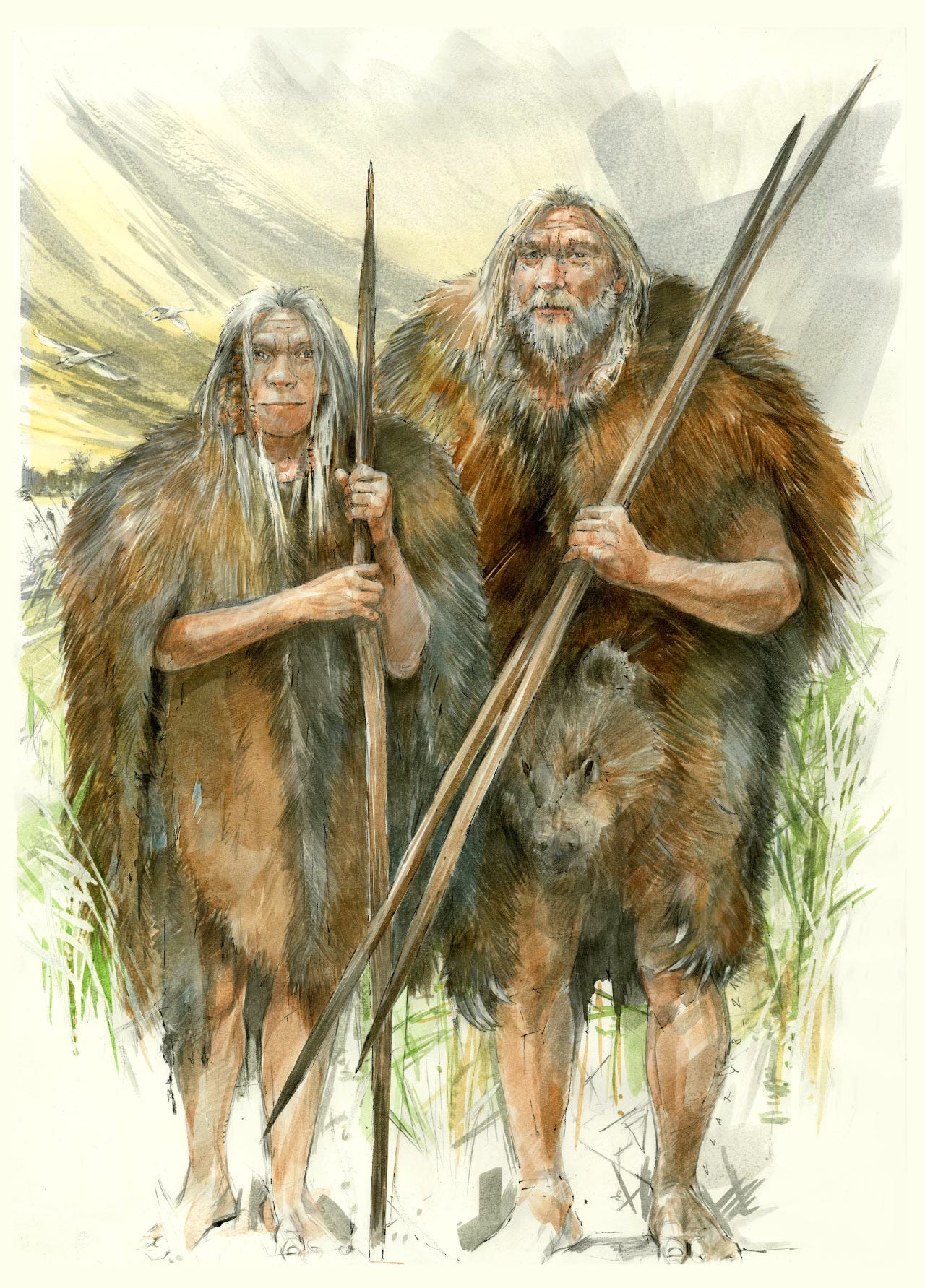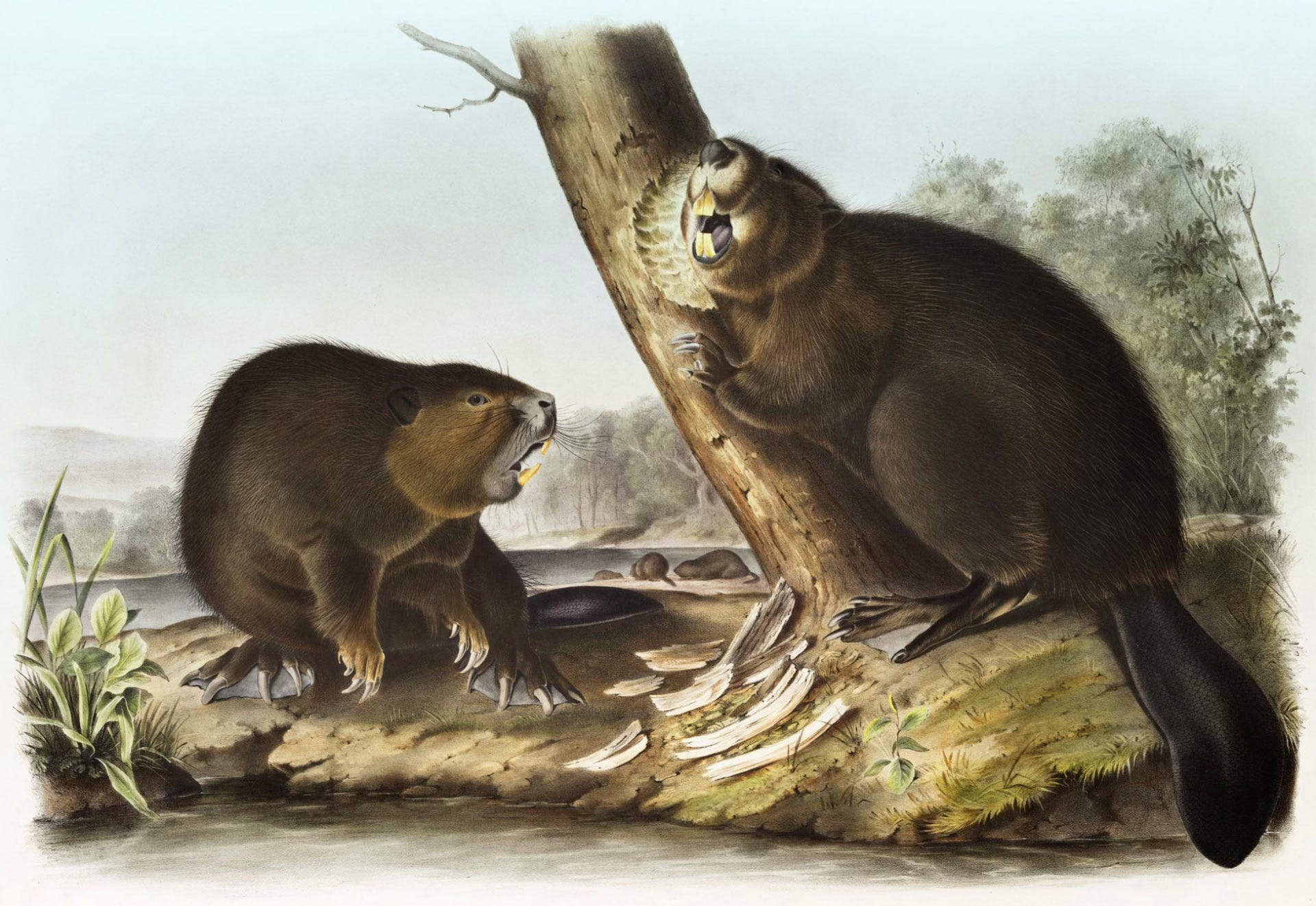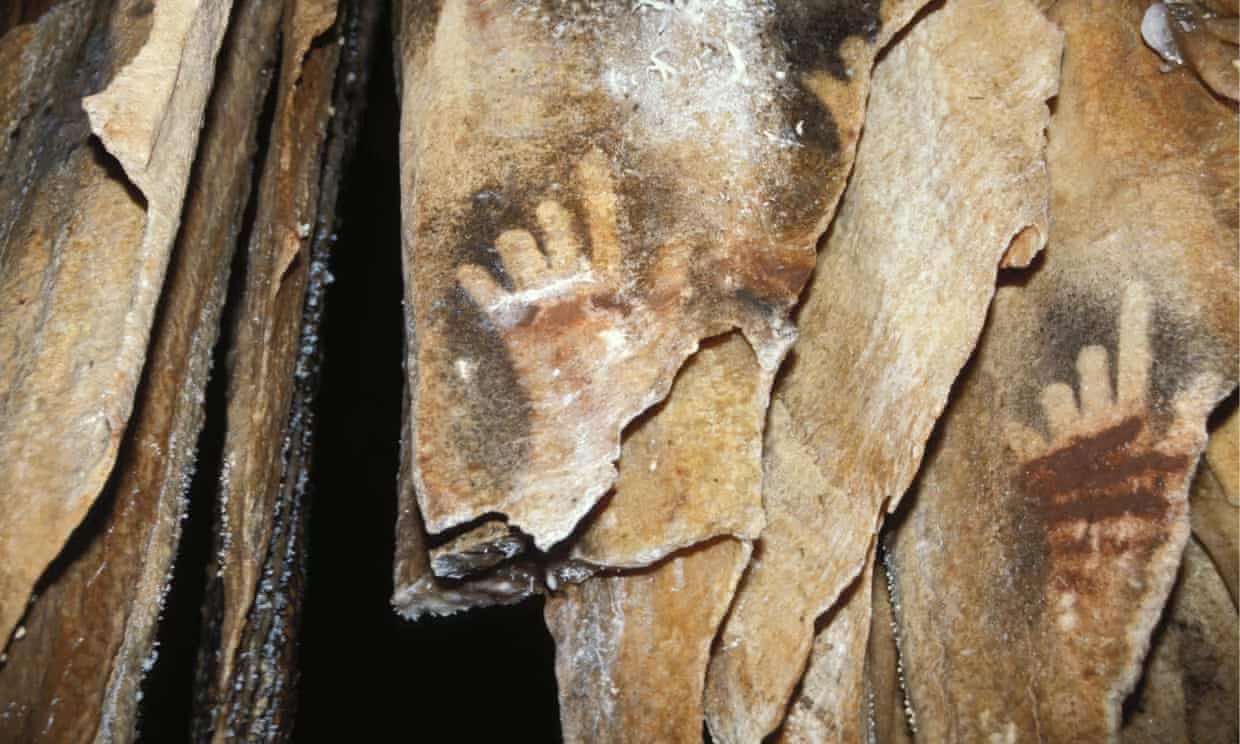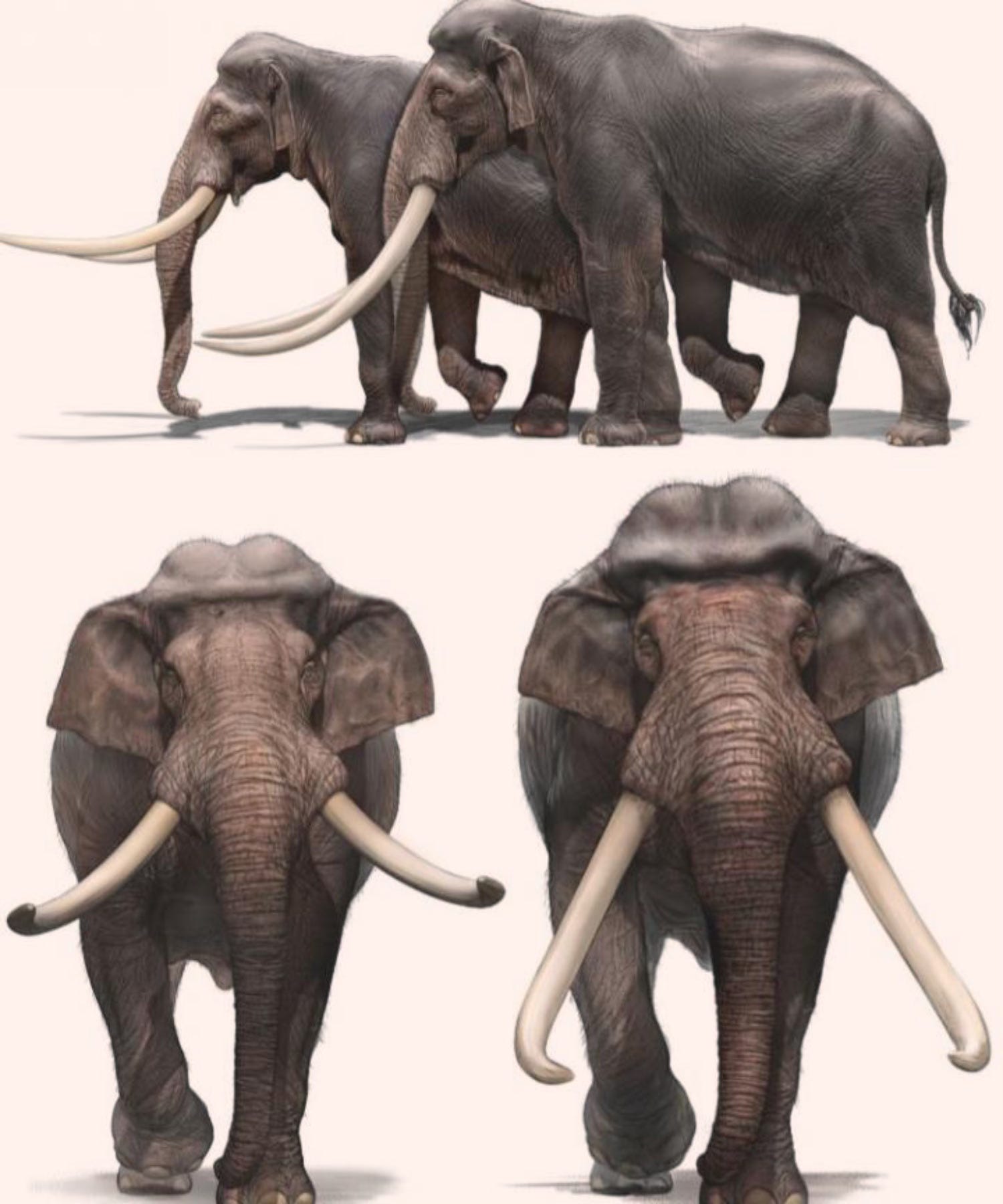The initial inhabitants in high mountain regions during the Neolithic era were involved in diverse livestock practices beyond just seasonal migration of animals.
During the onset of the Neolithic era, the earliest inhabitants of high mountain regions were thought to have primarily engaged in seasonal activities, relying significantly on wild resources. However, groundbreaking research1 led by a collaborative team of experts from the Universitat Autňnoma de Barcelona (UAB), University of Évora, Milŕ i Fontanals Institution-CSIC, and the Government of Aragon has unveiled a complex livestock management system, dispelling the notion that these societies were solely focused on sheep and goat transhumance.

The study, centered around the archaeological site of Coro Trasito in Sobrarbe, Aragon, revolutionized our understanding of livestock practices and feeding strategies in high-altitude regions during the Early Neolithic, approximately 6,500 to 7,500 years ago. Employing a pioneering approach that integrated carbon and nitrogen stable isotope analysis with archaeozoological studies, the research provided unique insights into the intricate nature of these early societies' animal husbandry.
Contrary to traditional beliefs, the team's findings showcased diversified livestock practices beyond transhumance. These early settlers managed small flocks comprising cows, goats, sheep, and pigs, primarily for meat and milk production. Notably, the study highlighted the increasing economic significance of pigs during the Neolithic period.
By scrutinizing stable carbon and nitrogen isotopes in bone collagen and examining animal remains, researchers discerned distinct management and feeding strategies adopted by these ancient societies. They observed variations in animal flocks' sizes and documented different grazing practices, indicating an adaption to environmental conditions and an integration of livestock practices with early agricultural methods.
Furthermore, evidence of on-site activities related to dairy product processing and fat utilization, along with the presence of storage structures within the cave, pointed to the intricate and swift integration of high mountain regions into a more extensive economic system during the Neolithic transition.
This study challenges the conventional understanding of high-altitude societies, highlighting their sophisticated livestock management strategies and the multifaceted nature of their engagement with domestic resources. It sheds light on the complexity of the neolithisation processes in the Central Pyrenees and emphasizes the rapid integration of these regions into broader economic networks, contributing crucial insights into the early human adaptations to mountainous environments during the Neolithic era.
The research signifies a pivotal step in comprehending the socio-economic dynamics and adaptive strategies of early human societies in mountainous terrains, enriching our understanding of the complexities that shaped human evolution during the Neolithic period.
Navarrete, V., Vińerta, A., Clemente-Conte, I., Gassiot, E., Rey Lanaspa, J., & Sańa, M. (2023). Early husbandry practices in highland areas during the Neolithic: the case of Coro Trasito cave (Huesca, Spain). Frontiers in Environmental Archaeology, 2. https://doi.org/10.3389/fearc.2023.1309907





